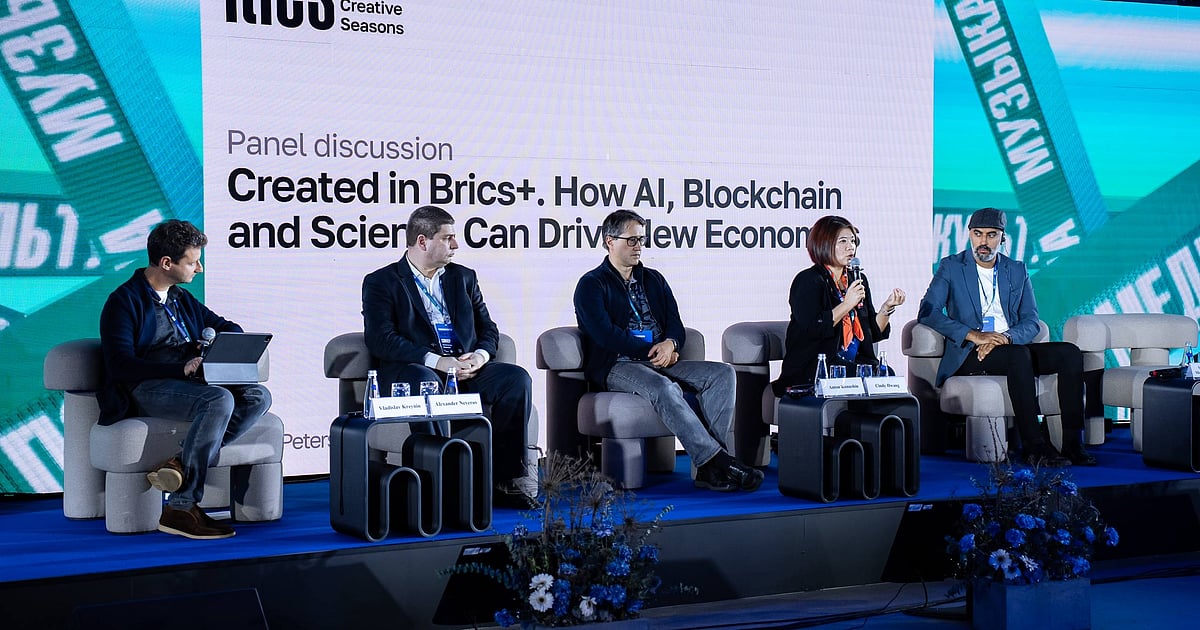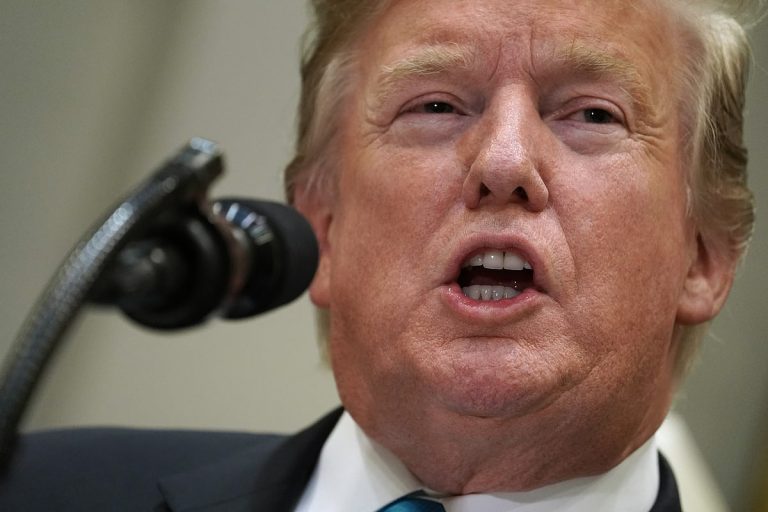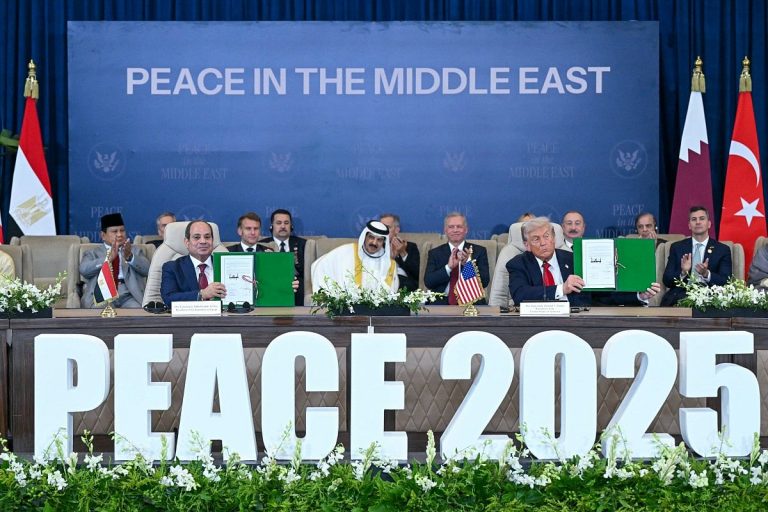Creative Industries Boost BRICS+ Economic Growth
Recent discussions at the RICS International Forum highlighted the significant impact of creative industries on the economies of BRICS+ countries. With the integration of advanced technologies like artificial intelligence (AI) and blockchain, these sectors are poised to drive innovation and economic development. The forum, held in St. Petersburg on October 9, focused on collaborative projects, educational initiatives, digital infrastructure, and the protection of intellectual property as vital components for transforming creative ideas into tangible products and services.
Growth of Creative Industries
Creative industries are currently expanding at a rate of approximately 15 percent faster than other economic sectors. Their contribution to the global GDP surpasses 4 percent, with a market volume exceeding $1.6 trillion. In Russia, creative industries account for about 2 percent of GDP, with a target to increase this figure to 6 percent by 2030, as set by the President of Russia. This sector is emerging as a crucial element for non-primary exports and a means of fostering international collaboration among BRICS+ nations.
Insights from Industry Leaders
Vladislav Kreinin, Senior Vice President and Director of the Marketing and Communications Department at Sberbank, emphasized the transformative potential of creative industries. He stated, “The creative industries, such as design, art, media, content, and games, are becoming the driving force behind the development of the modern economy.” Kreinin highlighted that Russian talent and technology are well-positioned to meet the demands of the BRICS+ creative sectors, leveraging the country’s rich cultural heritage and robust educational and technological frameworks.
Technological Innovations
Sberbank is at the forefront of integrating technology with creative industries. The bank’s ecosystem supports the development of tools that facilitate collaboration among creators. This includes generative AI and blockchain solutions designed for co-creation, intellectual property protection, and content promotion.
Three of Sberbank’s flagship neural networks—GigaChat, Kandinsky, and SymFormer—demonstrate the application of these technologies. GigaChat assists users in creating presentations by analyzing queries and structuring content. Kandinsky generates images, animations, and short videos based on text prompts, while SymFormer specializes in music, transforming text descriptions into musical compositions.
Advancements in Blockchain
The Sber Blockchain Laboratory is dedicated to research and development in blockchain technology, focusing on innovative products and solutions. By utilizing its proprietary blockchain platform, the lab aims to enhance the creative process and protect intellectual property rights within the industry.
A New Era of Artistic Collaboration
The synergy between technology and human creativity has led to groundbreaking projects, such as the world’s first AI-completed opera, “Mandragora.” This opera, presented at the Mariinsky Theatre in June 2025, was a collaborative effort involving modern Russian composer Peter Dranga and Sber’s neural networks. GigaChat crafted the libretto, SymFormer composed the music, and Kandinsky designed the visuals, marking a significant milestone in the fusion of art and technology.
FAQs
What are the key benefits of creative industries for BRICS+ economies?
Creative industries contribute significantly to GDP growth, foster innovation, and enhance international collaboration, making them vital for economic development in BRICS+ countries.
How is technology influencing creative industries?
Technologies like AI and blockchain are streamlining processes, enhancing collaboration, and protecting intellectual property, thereby transforming how creative products are developed and marketed.
What is the significance of the AI-completed opera “Mandragora”?
“Mandragora” represents a pioneering achievement in the integration of technology and art, showcasing how AI can contribute to creative processes and redefine traditional artistic expressions.
Conclusion
The discussions at the RICS International Forum underscore the vital role of creative industries in driving economic growth within BRICS+ nations. By leveraging advanced technologies and fostering collaboration, these sectors are set to become key players in the global economy. Moving forward, continued investment in education, infrastructure, and technology will be essential for realizing the full potential of creative industries.
The growing emphasis on creative industries within BRICS+ countries reflects a broader global trend where culture and technology intersect to create new economic opportunities. As nations increasingly recognize the value of creativity as an economic driver, they are likely to implement policies that support innovation, education, and the protection of intellectual property. This strategic focus not only enhances domestic markets but also positions these countries as competitive players in the global creative economy.
Furthermore, the collaboration among BRICS+ nations in the creative sector can lead to cross-border partnerships that amplify cultural exchange and knowledge sharing. By pooling resources and expertise, these countries can foster a vibrant ecosystem that nurtures talent and encourages the development of unique creative products. As the creative industries continue to evolve, their influence on economic growth and cultural identity will likely become even more pronounced.
Also Read:
Georgia’s Infrastructure Investments Drive Economic Growth
GITA Launches New Initiatives to Boost Innovation in Georgia







